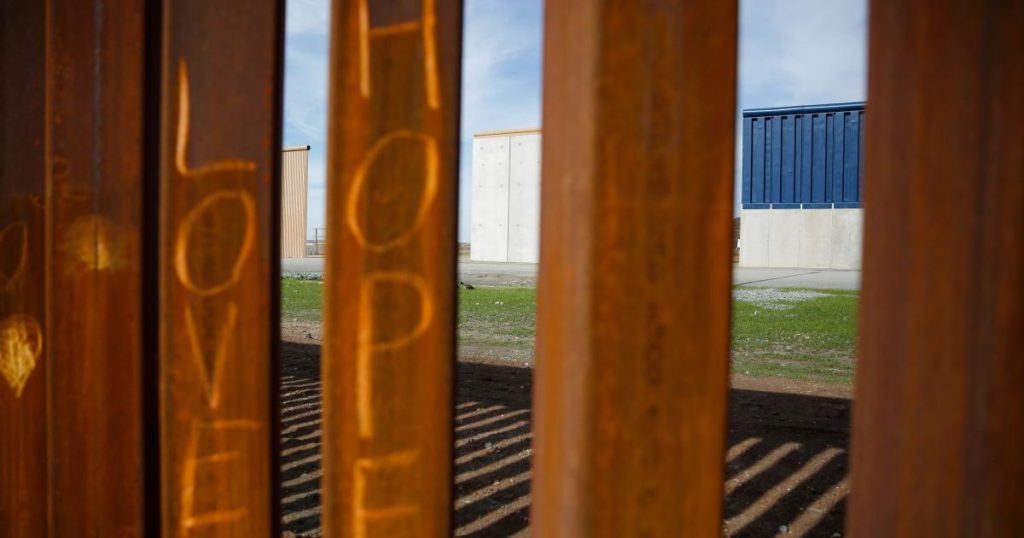Parts of the US government have been shut down for 21 days over a border wall that experts have deemed expensive and impractical.
The latest to weigh in is Amy Patrick, a Houston-based structural engineer whose assessment on the wisdom of erecting the barrier proposed by Donald Trump has gone viral since she posted it on Facebook on Jan. 8.
It lays out in detail why, in her view, the wall is “a monumental waste of time.” It’s been shared more than 65,000 times.
Trump’s staunch commitment to the wall has made it a national obsession, particularly now, when funding over it has paralyzed several federal agencies and left some 800,000 workers without pay for three weeks. The president has demanded $5.4 billion to build it, but Democrats are so far balking. Now, Trump is threatening with declaring a national emergency, which would allow him to get started on the barrier without congressional approval.
The project has generated no shortage of political commentary, jokes, and unsolicited advice. As Washington D.C. fights over wall financing, Patrick’s analysis appears to have struck a chord with many who want to put the focus back on the proposal’s far-fetched nature.
Trump has staked significant political capital on getting the wall built, but in her Facebook post, Patrick estimates the project wouldn’t be finished during his lifetime. (She wasn’t immediately available to comment for this story.)
The engineer, who works at building consulting firm Apollo BBC and teaches at University of Houston, notes the project would run up against a variety of problems, including landowner challenges, potential ecological damage, and higher flash-flooding risks.
Initial estimates by nonpartisan consultants put the wall’s cost at $15 billion. Based on Patrick’s experience—her job involves sorting out structural issues in engineering projects—she believes the final bill would end up being closer to $50 billion.
That’s because constant maintenance requirements and unexpected glitches would obliterate original cost estimates. The US Government Accountability Office agrees that the project is off-track and would end up grossly over budget.
Further, she notes, the effectiveness of the wall is in no way guaranteed. “I could, right now, purchase a 32 foot extension ladder and weld a cheap custom saddle for the top of the proposed wall so that I can get over it,” she writes.
And, she adds, the wall could be easily breached by next-generation drones that could pick up and lift people soon—let alone by the time the project is completed.
Patrick’s overall appraisal is unequivocal: “Structurally and civil-engineering wise, the wall is not a feasible project.”
“I do not know who they talked to about the wall design and its efficacy, but it sure as heck wasn’t anybody with any engineering imagination,” she writes.
